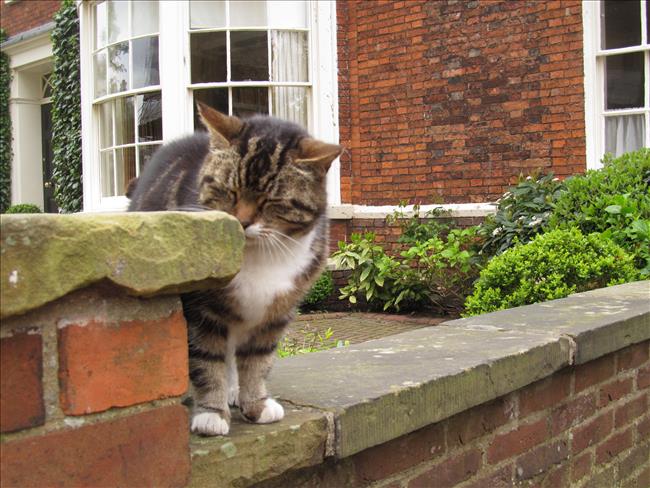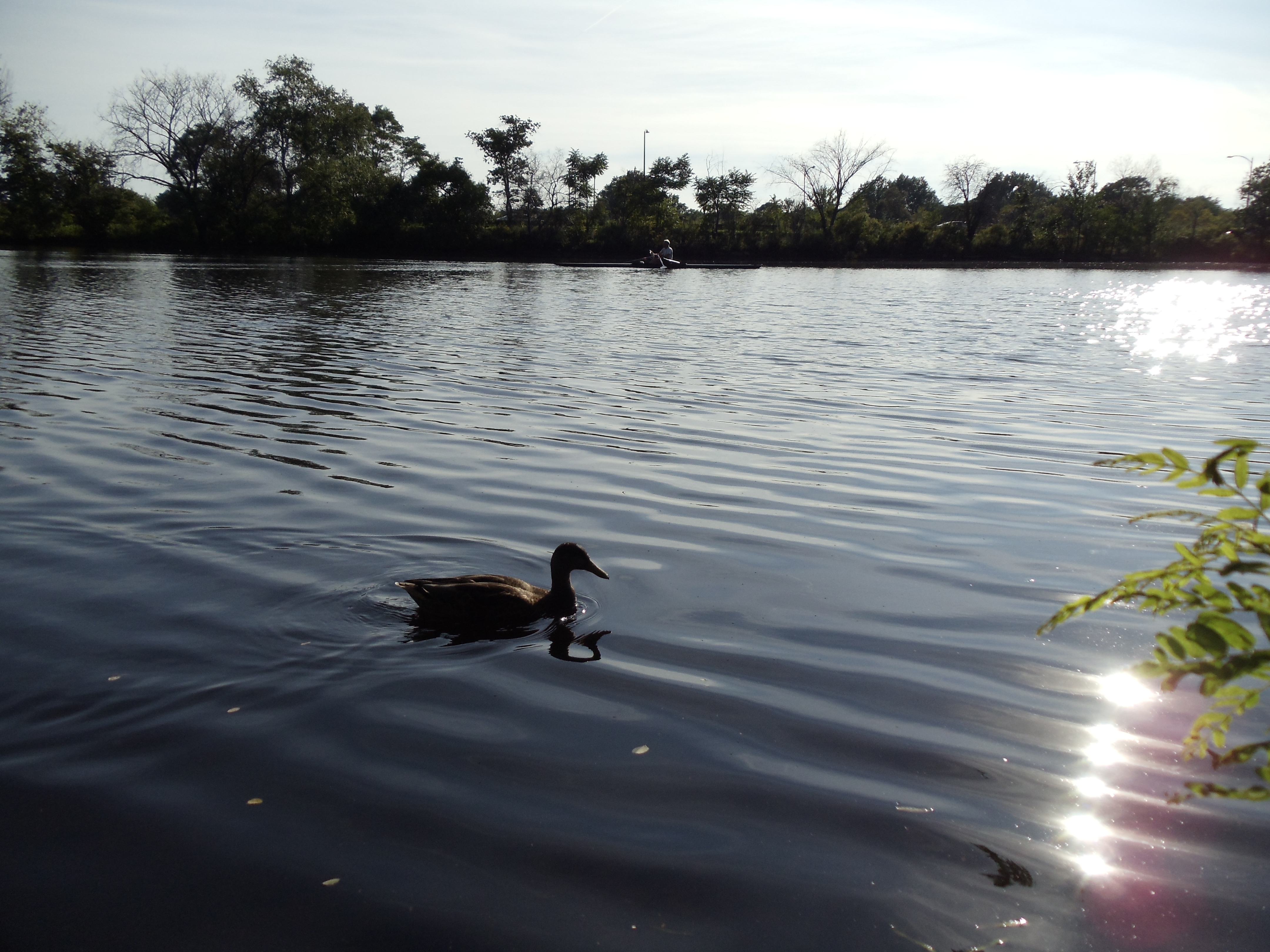I knew it with a certainty as warm and clear as the September sunshine. The land loves us
back. She loves us with beans and tomatoes, with roasting ears and blackberries and
birdsongs. By a shower of gifts and a heavy rain of lessons. She provides for us and
teaches us to provide for ourselves. That’s what good mothers do.
– Robin Wall Kimmerer, Braiding Sweetgrass
And it came to pass that Enoch looked upon the earth; and he heard a voice from the
bowels thereof, saying: Wo, wo is me, the mother of men; I am pained, I am weary,
because of the wickedness of my children. When shall I rest, and be cleansed from the
filthiness which is gone forth out of me? When will my Creator sanctify me, that I may rest
and righteousness for a season abide upon my face?
– Moses 7:48
I don’t remember when I first learned about the goddess of my theological canon: Heavenly Mother. Her existence has just always been a part of my understanding of the theology of my native religion, The Church of Jesus Christ of Latter-day Saints. There’s a fairly simple logic to it; if there is a God and He is our Heavenly Father, then there must be a Heavenly Mother. That’s sort of where the thoughts tend to stop, though. For whatever reason, we members of the church don’t actually talk about Her much. We don’t pray to Her; we pray to Heavenly Father and close our prayers in the name of Jesus Christ. And in some ways that sort of makes sense theologically, but it doesn’t really make sense socially. There are various cultural explanations people like to come up with, but they’re all insufficient, sexist, and or simply nonsensical. She is the mother of my spirit; why have I not been taught to speak to her? Why am I not building a relationship with Her?
—
I spend quite a lot of time and energy trying to live between two worlds: the world of environmentalism and the world of my faith as a member of The Church of Jesus Christ of Latter-day Saints. And, frequently, I am frustrated that it’s so hard to do so. It shouldn’t be hard. For me, environmentalism is a labor of love, of respect, of gratitude, of temperance, of reverence—some of the very same things that my faith teaches and reveres. And yet, I feel like a bit of an ugly duckling in both realms. Both worlds have a tradition of dismissing or even condemning each other. And, historically, I get that. Many atrocities throughout history have been committed in the name of Christianity, and there are precedents for religious folk feeling threatened by aspects of the environmental movement. The issues on both sides are complicated by politics, economics, history, and social dynamics; some of this animosity runs deep.
But I really don’t think things have to stay that way. In fact, they probably shouldn’t. I think communities of faith need environmental perspectives to really thrive, and environmentalism can deeply benefit from practices of faith. I think a good frame for both the religious and the non-religious to view human relationships with the earth comes from Robin Wall Kimmerer’s Braiding Sweetgrass: “[the earth loves us] by a shower of gifts and a heavy rain of lessons.” I’ll be focusing on the theological connections of The Church of Jesus Christ of Latter-day Saints with the environment, but I do believe that everyone, regardless of personal beliefs, could take something from these ideas.

A Shower of Blessings
Three years ago, I was a missionary in the England London Mission. I remember sitting down with a woman named Jewels who my companion and I were teaching (and who is still a dear friend of mine). She had recently learned that one of her cats had cancer and would likely need to be put down soon. She was devastated. She asked us if her cat would go to the Celestial Kingdom, which is what we call what one could consider the highest degree of heaven.
We had been trained in answering a multitude of different kinds of questions about the church, but not one like this. There is not a single scripture I can think of that specifically says what happens to animals when they die. It does say in the Book of Moses, which is from a volume of scripture called The Pearl of Great Price, that “…the Lord God, created all things…spiritually, before they were naturally upon the face of the earth” (Moses 3:5). We interpret this as all living things having spirits which were created by God.
If Jewels’ cat has a spirit and a body, then Jewels’ cat has a soul. We learn through scripture that God is attentive to all His creations, that not one sparrow is forgotten (Luke 12:7). In terms of theology, when a cat dies, his spirit must go somewhere. But where? We have doctrine about what happens to peoples’ spirits and bodies after they die, but not about animals or plants or other beings. We believe that, because Christ was resurrected, every human being who has ever lived will also be resurrected, their spirit reunited with a perfected version of their body. Will Jewels’ cat be resurrected, too?
Some might argue that this is not a very important question in the grand scheme of things. On the contrary, I think it is vital for understanding who God is, which is one of the main goals of living a life of faith.
I try to think about where my relationship with God and my relationship with the earth intersect. It’s hard to tease it out. I wonder if they’ve almost always been the same.
When I visit the mountains or the desert or even if I just study a sparrow or a blade of grass at my bus stop, I always feel a little closer to God. Perhaps it’s linked to that sense of awe that you feel when you realize the world is so much bigger than yourself. When you realize that even that blade of grass contains multitudes beyond your comprehension. Perhaps it’s because I know I’m communing with other souls, with other members of Creation; spiritual siblings or cousins, if you will.
Perhaps it’s because my theology doesn’t see Earth as a stopover on the way to a better place; it is the place. We believe that, when Christ returns to the Earth, He will destroy the Earth and renew it. Christ will reign on Earth as king for a thousand years of peace amongst humans and with natural beings. Then, after this, earth will be glorified and become the Celestial Kingdom.
With this in mind, Earth is our permanent home. The relationships with our home that we’re building now will have eternal significance, just as our relationships with other humans will.
—
There is no dearth of scriptures admonishing Latter-day Saints to be good stewards of the earth. Some of the language about how we are to treat the earth is surprisingly explicit.
“And it pleaseth God that he hath given all these things unto man; for unto this end were they made to be used, with judgment, not to excess, neither by extortion.”
– D&C 59:20-21
“All grain is ordained for the use of man and of beasts, to be the staff of life, not only for man but for the beasts of the field, and the fowls of the heaven, and all wild animals that run or creep on the earth;
And these hath God made for the use of man only in times of famine and excess of hunger.”
– D&C 89:14-15
It is perhaps unsurprising that most Latter-day Saints do not read these scriptures with an environmental lens. But, for me, I wonder at how they could not be read that way. The Latter-day Saint canon makes a compelling case for treating the Earth with respect, even giving non-human beings a measure of personhood. For exercising restraint in how we use the resources we need to live—how we treat the shower of gifts that continually are given us.
The role of the earth in our mortal lives and in our eternal afterlives is clear. The way we are to treat each other is clear, and anthropogenic environmental degradation is largely a result of harming both the human and the non-human other. Why isn’t every Latter-day Saint an environmentalist?
Anne Whitehouse is a second-year MA student in the Environmental Humanities Program at the University of Utah. She grew up along the Sammamish River in western Washington, where she learned biking trail etiquette and how to recognize the call of the song sparrow. Lately, she studies the relationships between urban rivers and their people through Korean literature and history, finding particular fascination with Seoul’s Cheonggye Stream. When she’s not writing or studying, Anne enjoys reading books, going for bike rides along the Provo River, playing video games, listening to Korean music, and snuggling with her 2-year-old rough collie, Liesey.
